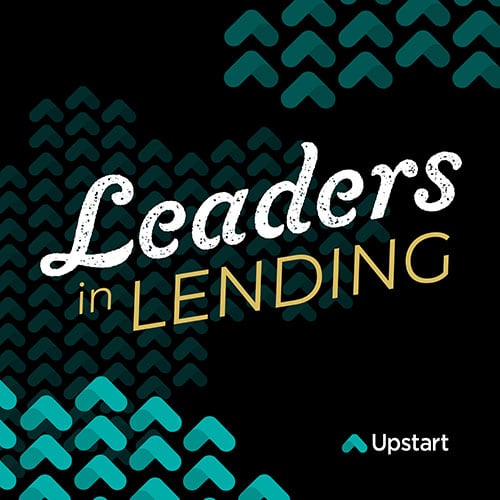Leaders in Lending | Ep. 10
How to Serve Customers with Strategic Diversity
Nate Longfellow, Head of Digital, Product Strategy and Change Delivery - Home Lending at Wells Fargo discusses how he works with business partners and customers to provide them with the right capabilities to succeed.


GUEST SPEAKER
Nate Longfellow
Nate Longfellow is an executive vice president with Wells Fargo Home Lending, the nation’s leading combined home lender and servicer. Longfellow oversees the Home Lending Product Strategy and Delivery team, which is responsible for bringing a value-driven approach to product strategy and purposeful change delivery across Home Lending. The organization consists of more than 1,100 team members with responsibilities ranging from digital strategy and innovation to agile transformation and business process management. Before joining Wells Fargo in July 2019, Longfellow led business and technology strategy for the Originations, Servicing, Capital Markets, and Finance business units at Quicken Loans. His diverse career covers a wide spectrum of focus areas including mortgage Sales, Originations, Servicing, Default Management, Treasury and Secondary Markets.

ABOUT
Wells Fargo
Wells Fargo & Company is a leading financial services company that has approximately $1.9 trillion in assets and proudly serves one in three U.S. households and more than 10% of all middle market companies and small businesses in the U.S. Wells Fargo provides a diversified set of banking, investment and mortgage products and services, as well as consumer and commercial finance, through four reportable operating segments: Consumer Banking and Lending, Commercial Banking, Corporate and Investment Banking, and Wealth and Investment Management.
Key Takeaways
-
Implementing change within a company using top-down goals
-
Adjusting company behavior to be more accepting of failure
-
When to partner, buy, or build internally
-
Advice and predictions: empowering customers to self-direct

"If you truly do care about the customer, then let's go first understand our customer. Who are they? What do they need? Realize they're not all the same."

“The culture needs to be just as excited as discovering an idea didn't work, as discovering an idea did work.”

"I think what people don't always realize is the customer's always at the center of everything we do, and they should be."
EPISODE RECAP & SUMMARY
Everyone on the Same Page
Using a true top-down approach, emphasizing focus throughout the company rather than just a personal strategy, provides a smoother transition as less opposition is presented if everyone is on-board. This is why it's important to show data when presenting a goal as it's easier to align with differing departments.
Another way that companies can limit change, according to Nate, is starting with a solution rather than the problem. While a solution can be exciting, this can create a series of disconnected solutions.
Becoming More Accepting of Failure
Failure has a bad reputation, one that Nate wants to change. Company culture needs to welcome ideas whether they work or not.
If they work, great!
But, if not, it’s an equally great learning opportunity on how to improve. No matter the outcome, trying out new ideas always leads to greater understanding.
The best way to get people on-board with accepting ideas despite the outcome is, no matter how unfortunate, to have successes; but also to not crucify failures when they inevitably happen.
When To Outsource or Build Internally
When deciding whether to build or outsource software, it is important to look at the level of differentiation and complexity.
Is the software too complex and not that different from what other companies are a master of? Outsource. If the software is different from anything else someone is doing while also not being that complex, build it internally.
You have to be honest with yourself when it comes to the uniqueness of software. Is it really that unique? Or could you find a company that already has the framework to build that software exponentially faster than you would be able to internally? This model must be taken into account to save time and money.
Advice and Predictions
Best Career Advice
Nate mentions advice from a mentor from years prior that still holds true: What true problem are you trying to solve? What is the outcome you’re trying to pursue?
If you have a clear answer to these questions, failure or success, your position with the questions will positively advance.
Best advice about the consumer lending space:
Keep the customer at the center of all you do. If the customer is not thought of as an internal part of the process, it will be difficult to stay ahead of the curve.
Bold prediction about the future:
Customers will rule. You have to empower the customer whether that's frightening to the company or not. It's happening either way.





